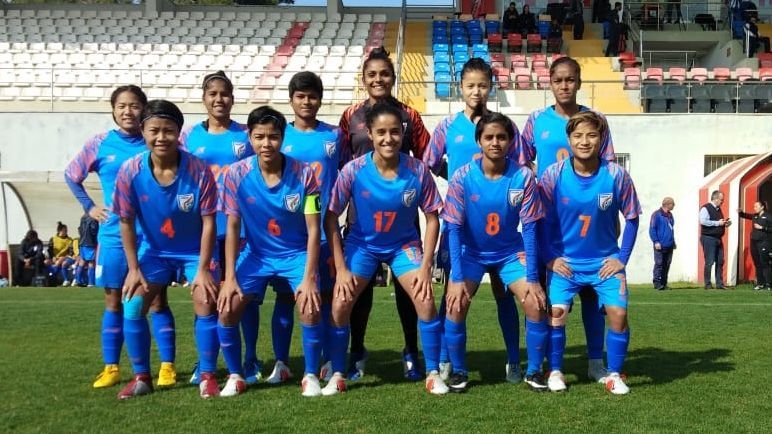India have been awarded the 2020 FIFA U-17 Women’s World Cup, their second FIFA event inside three years after having hosted the 2017 variant of the same event in men’s football.
While the dates and venues haven’t been decided yet, with the former yet to be pencilled in within FIFA’s own calendar of events, here’s what India can learn from the 2017 event, and how best to apply those lessons in 2020.
In terms of organisation, there should be no issues
The 2017 World Cup proved that India can put on a show. The final day in Kolkata took the overall attendance past the previous U-17 World Cup record set by China in 1985, and in fact made it FIFA’s best-attended age-group tournament ever. The Local Organising Committee (LOC) under tournament director Javier Ceppi provided first-hand experience to many young Indians at handling logistics, media and overall organisation skills, all of which FIFA president Gianni Infantino and his team commended.
Also see:
To grow football, play more football
Oinam Bembem Devi: World Cup is something every Indian should be excited about
In fact, the 2019 AFC Asian Cup had a strong Indian presence in most of its media and venue operations teams, with several of them also members of the U-17 World Cup teams. ESPN understands AIFF have a similar plan with the 2020 World Cup, with Roma Khanna, head of venues operations at the 2017 World Cup, likely to be leading the team this time.
With fewer teams, fewer venues will be required
The U-17 Women’s World Cup is a 16-team event, and thus would need fewer venues than the men’s event in 2017. Six cities — New Delhi, Mumbai, Goa, Kolkata, Kochi and Guwahati — were given upgraded grounds and practice facilities, and potentially three or four of them should suffice for the women’s event, with four teams of four groups each playing out ahead of the quarterfinals and further knockout stages.
If precedent is anything to go by, Uruguay and Jordan hosted the last two editions across three cities each. India themselves had hosted the 2016 AFC U-16 Championships for men across two grounds within Goa, splitting two groups across the two venues. That might not be needed, though the final number of venues would depend on the budget expected for the event.
Finally, a kickstart to Indian women’s football
Where women’s football stands in India is something that needs nuance to get to the bottom of. On the surface, the women’s team is ranked 62 in the world, 12th in AFC, but that hides the fact that only 152 teams compete in women’s football, as opposed to 211 in men’s football.
The Indian Women’s League began as the first pan-Indian league in 2016-17, and has had two seasons so far. The first included one team each fielded by both I-League and the franchised-based Indian Super League (ISL), but neither team carried on after the first season.
At the youth level, there is no organised league or championship yet, but AIFF are understood to be making plans to begin these in the near future. AIFF’s Baby Leagues are open to both gender, but will see any meaningful results in only about a decade.
Starved of international matches — India’s most-capped player Oinam Bembem Devi only played 85 internationals in a 21-year career — the younger aspirants get opportunities to play when India enter qualification stages of age-group tournaments.
It could take a while yet, but a home World Cup could be just the spark that it takes those running the game to identify the potential in the women’s game.
